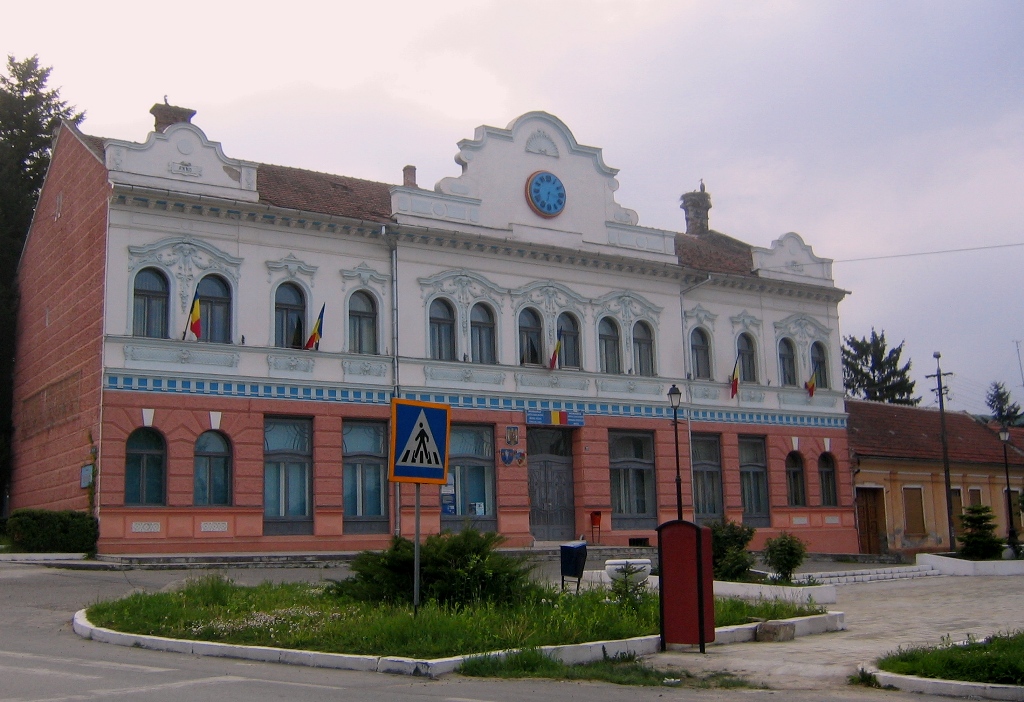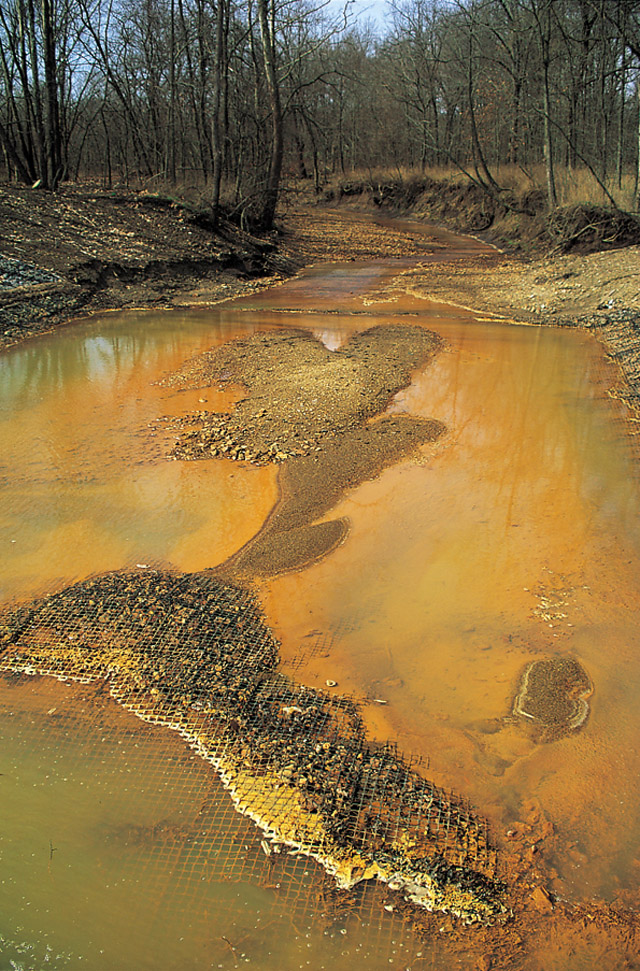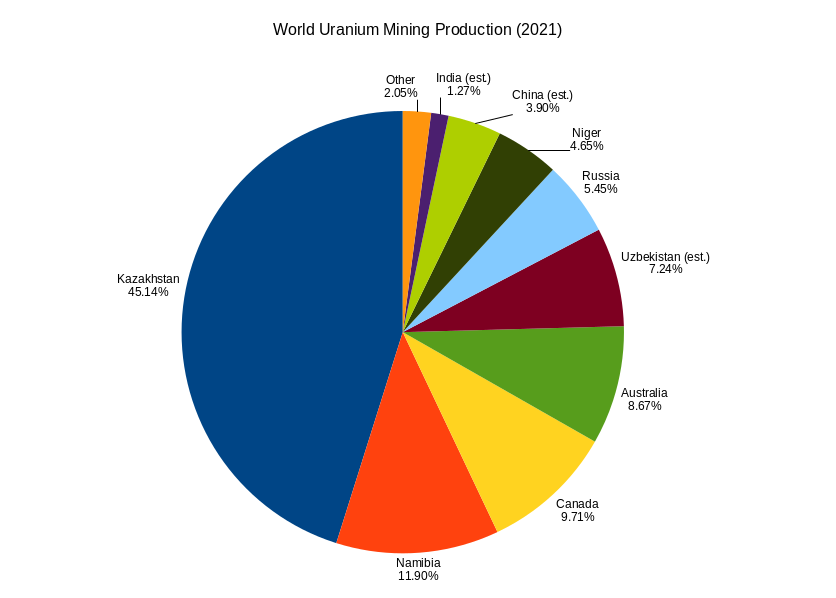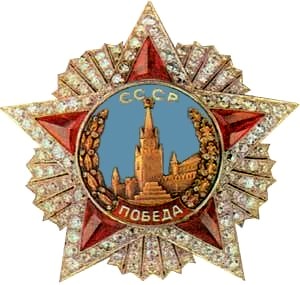|
Ciudanovița
Ciudanovița () is a commune in Caraș-Severin County, western Romania with a population of 444 people. It is composed of two villages, Ciudanovița and Jitin (''Dicsény''). Geography The commune is located in the west-central part of the county, at a distance of from Oravița and from the county seat, Reșița. Demographics At the 2011 census, Ciudanovița had a population of 657; of those, 92.24% were ethnic Romanians and 1.37% were ethnic Romani. At the 2021 census, the population had decreased to 444, of which 92.57% were ethnic Romanians. The Ciudanovița uranium mine In the early 1950s, during the Soviet occupation of Romania, ''Sovromcuarț'', a joint Soviet–Romanian enterprise (SovRom), developed a uranium mine Uranium mining is the process of extraction of uranium ore from the earth. Over 50,000 tons of uranium were produced in 2019. Kazakhstan, Canada, and Australia were the top three uranium producers, respectively, and together account for 68% of w ... ... [...More Info...] [...Related Items...] OR: [Wikipedia] [Google] [Baidu] |
Caraș-Severin County
Caraș-Severin () is a county ( județ) of Romania on the border with Serbia. The majority of its territory lies within the historical region of Banat, with a few northeastern villages considered part of Transylvania. The county seat is Reșița. The Caraș-Severin county is part of the Danube–Criș–Mureș–Tisa Euroregion. Name In Serbo-Croatian, it is known as ''Karaš Severin''/Караш Северин or ''Karaš-Severinska županija'', in Hungarian as ''Krassó-Szörény megye'', in German as ''Kreis Karasch-Severin'', and in Bulgarian as Караш-Северин (translit. ''Karash-Severin''). Geography With 8,514 km2, it is the third largest county in Romania, after Timiș and Suceava counties. It is also the county through which the river Danube enters Romania. The mountains make up 67% of the county's surface, including the Southern Carpathians range, with Banat Mountains, Țarcu-Godeanu Mountains and Cernei Mountains and elevations between ... [...More Info...] [...Related Items...] OR: [Wikipedia] [Google] [Baidu] |
SovRom
The SovRoms (plural of ''SovRom'') were economic enterprises established in Romania following the communist takeover at the end of World War II, in place until 1954–1956 (when they were dissolved by the Romanian authorities). In theory, SovRoms were joint Romanian-Soviet ventures aimed at generating revenue for reconstruction, and were created on a half-share basis in respect to the two states; however, they were mainly designed as a means to ensure resources for the Soviet side, and generally contributed to draining Romania's resources (in addition to the war reparations demanded by the armistice convention of 1944 and the Paris Peace Treaties, which had been set at 300 million United States dollars—''see Romania during World War II''). The Soviet contribution in creating the SovRoms lay mostly in reselling leftover German equipment to Romania, which was systematically overvalued. History Creation, structure, and effects An agreement between the two countries regar ... [...More Info...] [...Related Items...] OR: [Wikipedia] [Google] [Baidu] |
Commune In Romania
A commune (''comună'' in Romanian language, Romanian) is the lowest level of administrative subdivision in Romania. There are 2,686 communes in Romania. The commune is the rural subdivision of a Counties of Romania, county. Urban areas, such as towns and cities within a county, are given the status of ''Cities in Romania, city'' or ''Municipality in Romania, municipality''. In principle, a commune can contain any size population, but in practice, when a commune becomes relatively urbanised and exceeds approximately 10,000 residents, it is usually granted city status. Although cities are on the same administrative level as communes, their local governments are structured in a way that gives them more power. Some urban or semi-urban areas of fewer than 10,000 inhabitants have also been given city status. Each commune is administered by a mayor (''primar'' in Romanian). A commune is made up of one or more villages which do not themselves have an administrative function. Communes ... [...More Info...] [...Related Items...] OR: [Wikipedia] [Google] [Baidu] |
Communes In Caraș-Severin County
A commune is an alternative term for an intentional community. Commune or comună or comune or other derivations may also refer to: Administrative-territorial entities * Commune (administrative division), a municipality or township ** Communes of Algeria ** Communes of Angola ** Communes of Belgium ** Communes of Benin ** Communes of Burundi ** Communes of Chile ** Communes of the Democratic Republic of the Congo ** Communes of France ** Communes of Italy, called ''comune'' ** Communes of Luxembourg ** Communes of Moldova, called ''comună'' ** Communes of Niger ** Communes of Romania, called ''comună'' ** Communes of Switzerland ** Commune-level subdivisions (Vietnam) *** Commune (Vietnam) *** Commune-level town (Vietnam) ** People's commune, highest of three administrative levels in rural China, 1958 to 1983 Government and military/defense * Agricultural commune, intentional community based on agricultural labor * Commune (rebellion), a synonym for uprising or revolutiona ... [...More Info...] [...Related Items...] OR: [Wikipedia] [Google] [Baidu] |
Isotopes Of Radon
There are 39 known isotopes of radon (86Rn), from 193Rn to 231Rn; all are radioactive. The most stable isotope is 222Rn with a half-life of 3.8235 days, which decays into . Six isotopes of radon, 217, 218, 219, 220, 221, 222Rn, occur in trace quantities in nature as decay products of, respectively, 217At, 218At, 223Ra, 224Ra, 225Ra, and 226Ra. 217Rn and 221Rn are produced in rare branches in the decay chain of trace quantities of 237Np; 222Rn (and also 218Rn in a rare branch) is an intermediate step in the decay chain of 238U; 219Rn is an intermediate step in the decay chain of 235U; and 220Rn occurs in the decay chain of 232Th. List of isotopes , -id=Radon-193 , 193Rn , , style="text-align:right" , 86 , style="text-align:right" , 107 , 193.009708(27) , 1.15(27) ms , α , 189Po , (3/2−) , , -id=Radon-194 , rowspan=2, 194Rn , rowspan=2, , rowspan=2 style="text-align:right" , 86 , rowspan=2 style="text-align:right" , 108 , rowspan=2, 194.006146(18) , r ... [...More Info...] [...Related Items...] OR: [Wikipedia] [Google] [Baidu] |
Radon-222
Radon-222 (222Rn, Rn-222, historically radium emanation or radon) is the most stable isotope of radon, with a half-life of approximately 3.8215(2) days. It is transient in the decay chain of primordial uranium-238 and is the immediate decay product of radium-226. Radon-222 was first observed in 1899, and was identified as an isotope of a new element several years later. In 1957, the name ''radon'', formerly the name of only radon-222, became the name of the element. Owing to its gaseous nature and high radioactivity, radon-222 is one of the leading causes of lung cancer. History Following the 1898 discovery of radium through chemical analysis of radioactive ore, Marie and Pierre Curie observed a new radioactive substance emanating from radium in 1899 that was strongly radioactive for several days. Around the same time, Ernest Rutherford and Robert B. Owens observed a similar (though shorter-lived) emission from thorium compounds. German physicist Friedrich Ernst Dorn exten ... [...More Info...] [...Related Items...] OR: [Wikipedia] [Google] [Baidu] |
Tailings
In mining, tailings or tails are the materials left over after the process of separating the valuable fraction from the uneconomic fraction (gangue) of an ore. Tailings are different from overburden, which is the waste rock or other material that overlies an ore or mineral body and is displaced during mining without being processed. Waste valorization is the evaluation of waste and residues from an economic process in order to determine their value in reuse or recycling, as what was gangue at the time of separation may increase with time or more sophisticated recovery processes. The extraction of minerals from ore can be done two ways: placer mining, which uses water and gravity to concentrate the valuable minerals, or hard rock mining, which pulverizes the rock containing the ore and then relies on chemical reactions to concentrate the sought-after material. In the latter, the extraction of minerals from ore requires comminution, i.e., grinding the ore into fine partic ... [...More Info...] [...Related Items...] OR: [Wikipedia] [Google] [Baidu] |
Geiger Counter
A Geiger counter (, ; also known as a Geiger–Müller counter or G-M counter) is an electronic instrument for detecting and measuring ionizing radiation with the use of a Geiger–Müller tube. It is widely used in applications such as radiation dosimetry, radiological protection, experimental physics and the nuclear industry. "Geiger counter" is often used generically to refer to any form of dosimeter (or, ''radiation-measuring device''), but scientifically, a Geiger counter is only one specific type of dosimeter. It detects ionizing radiation such as alpha particles, beta particles, and gamma rays using the ionization effect produced in a Geiger–Müller tube, which gives its name to the instrument. In wide and prominent use as a hand-held radiation survey instrument, it is perhaps one of the world's best-known radiation detection instruments. The original detection principle was realized in 1908 at the University of Manchester, but it was not until the development ... [...More Info...] [...Related Items...] OR: [Wikipedia] [Google] [Baidu] |
Radio România Actualități
Radio România Actualități is the first radio channel in Romania, both in coverage, number of listeners, and timeline (it is the first radio station to broadcast). It is owned by the Romanian Radio Broadcasting Company. In 2013 alone, it was the most listened radio station among urban listeners. accessed September 17, 2013. hu:Radio România Actualități References See also * |
Adevărul
(; meaning "The Truth", formerly spelled ''Adevĕrul'') is a Romanian daily newspaper, based in Bucharest. Founded in Iași, in 1871, and reestablished in 1888, in Bucharest, it was the main left-wing press venue to be published during the Kingdom of Romania, Romanian Kingdom's existence, adopting an independent pro-Democracy, democratic position, advocating Land reform in Romania, land reform, and demanding universal suffrage. Under its successive editors Alexandru Beldiman and Constantin Mille, it became noted for its virulent criticism of King of Romania, King Carol I of Romania, Carol I. This stance developed into a Republicanism, republican and Socialism, socialist agenda, which made clash with the Kingdom's authorities on several occasions. As innovative publications which set up several local and international records during the early 20th century, and its sister daily ''Dimineața'' competed for the top position with the right-wing ''Universul'' before and throughout the ... [...More Info...] [...Related Items...] OR: [Wikipedia] [Google] [Baidu] |
Uranium Mining
Uranium mining is the process of extraction of uranium ore from the earth. Over 50,000 tons of uranium were produced in 2019. Kazakhstan, Canada, and Australia were the top three uranium producers, respectively, and together account for 68% of world production. Other countries producing more than 1,000 tons per year included Namibia, Niger, Russia, Uzbekistan and China. Nearly all of the world's mined uranium is used to power nuclear power plants. Historically uranium was also used in applications such as uranium glass or ferrouranium but those applications have declined due to the radioactivity and toxicity of uranium and are nowadays mostly supplied with a plentiful cheap supply of depleted uranium which is also used in Armour-piercing ammunition, uranium ammunition. In addition to being cheaper, depleted uranium is also less radioactive due to a lower content of short-lived and than natural uranium. Uranium is mined by in-situ leaching (57% of world production) or by convent ... [...More Info...] [...Related Items...] OR: [Wikipedia] [Google] [Baidu] |
Soviet Occupation Of Romania
The Soviet occupation of Romania refers to the period from 1944 to August 1958, during which the Soviet Union maintained a significant military presence in Socialist Republic of Romania, Romania. The fate of the territories held by Romania after 1918 that were incorporated into the Soviet Union in 1940 is treated separately in the article on Soviet occupation of Bessarabia and Northern Bukovina. During the Eastern Front (World War II), Eastern Front offensive of 1944, the Soviet Army occupied the northwestern part of Moldavia Second Jassy–Kishinev offensive, as a result of armed combat that took place between the months of April and August of that year, while Romania was still an ally of Nazi Germany. The rest of the territory was occupied after Romania changed sides in World War II, as a result of the King Michael's Coup, royal coup launched by King of Romania, King Michael I of Romania, Michael I on August 23, 1944. On that date, the king announced that Romania had unilaterally ... [...More Info...] [...Related Items...] OR: [Wikipedia] [Google] [Baidu] |





